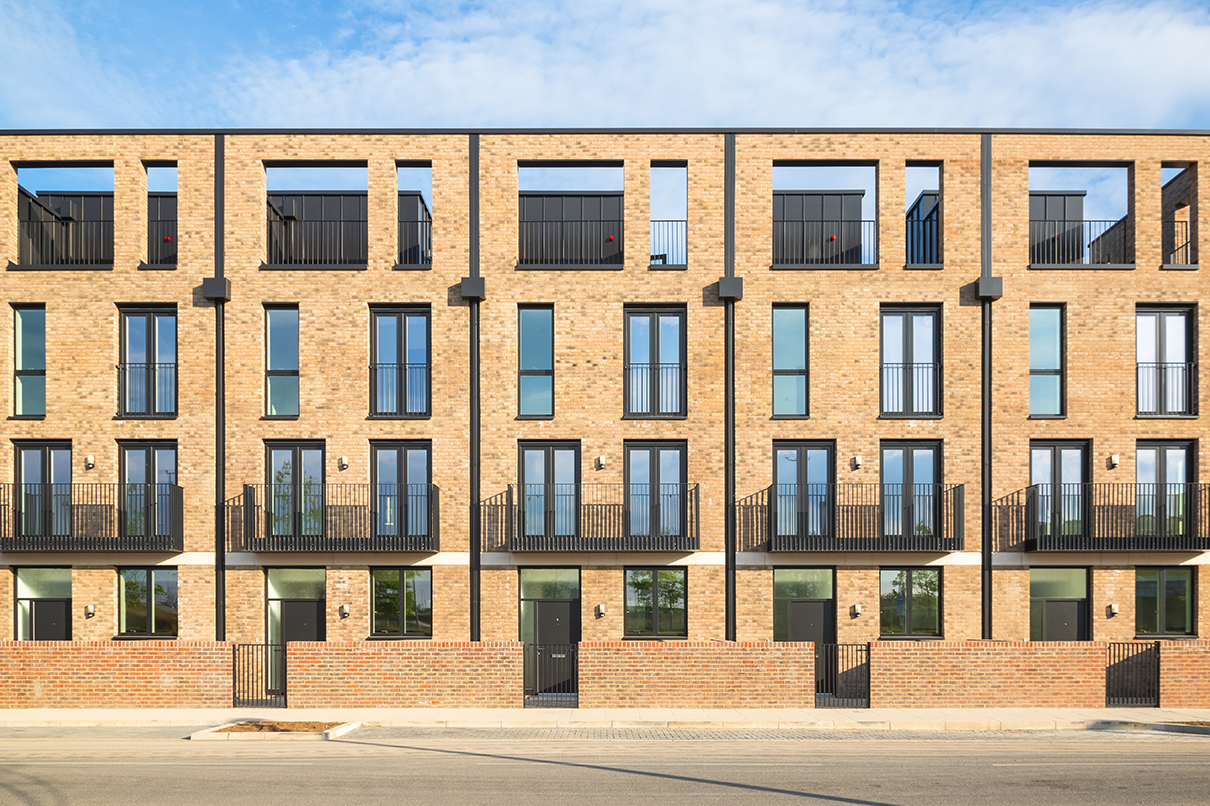
If you’re responsible for arranging buildings insurance for a block of flats, do you know who’s living there at the moment or which flats are empty?
There are all sorts of reasons why a leaseholder may not be living in the building. People may be on extended vacations or spending cold winter months away in the sunshine. Someone may be in hospital or an older resident may have gone into long term care and the family has yet to decide what to do with the flat. If there has been a death, probate can take a long time, potentially leaving a flat empty for many months.
It’s often a condition of a buildings insurance policy that the insurer is told about the type of occupancy of each flat at any time: leaseholder, sub-tenant or vacant. You need to keep this information up to date and tell them about any changes. Often a quick phone call or email to your broker is all that is needed.
Unoccupied flats
Typically, insurers need to know when a flat will be unoccupied for more than 30 consecutive days. The exact limit will be stated in your policy. An empty flat might not be covered for certain insured perils – usually malicious damage, theft, attempted theft, storm, flood, escape of water, and accidental damage. It’s important to check the policy documents.
Insurers usually ask that empty flats are regularly visited and checked while the owner is away. The owner should make sure that precautions are taken, such as turning off the water, gas, and electricity supplies as appropriate. It might also be a good idea to arrange for windows to be opened occasionally. Doing so can help to keep the flat well-ventilated during the visit. However, all external doors and windows should be locked and secured again upon leaving the property.
Ideally, a neighbour or managing agent will have a key for emergencies or to make routine checks. It can also be beneficial to make sure the person carrying out inspections has the owner’s written formal consent to enter their flat.
If there is a claim arising from an incident in a flat that is empty at the time, then insurers are likely to ask for proof of departure and return dates. If the unoccupancy is extended and undeclared, the claim may not be paid.
In a block of flats a water leak may spread and affect several properties. Big repair costs can soon mount up, potentially leaving the block with a big bill to foot.
Sub-let flats
Remember that your insurer should be made aware of sub-letting. You should also check the lease, as ad-hoc lets, such as through Airbnb, may not be allowed.
Owners of sub-let flats should in turn be aware that they may not benefit from the same cover as owner-occupiers. A typical exclusion might be that sub-tenants may not qualify for alternative accommodation if the flat they rent becomes uninhabitable, which could be an expensive problem for the leaseholder who let the flat to them.
Sub-letting leaseholders should also remember that void periods between tenancies may also need reporting. Again, if the flat is unoccupied for over 30 days, the insurer may need to know.


